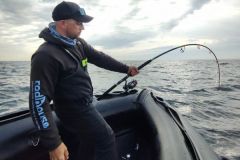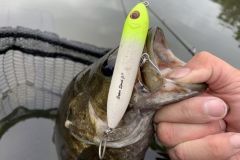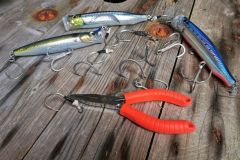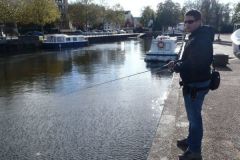World-renowned quality and impeccable bite. 3 hook sizes in 1/0, 2/0 and 3/0. To match the size of the original trebles. The pouches come with 6 hooks inside, enough to rig a few swimming fish. The references are S-125, and there are plenty of indications on the pockets (weight, size of broken rings, etc.).
Why replace triples with singles?
There are several reasons for this, of course, and everyone will find their own. First of all, as I release a large proportion of my catches, singles cause fewer injuries to the catch, especially the smaller ones, and above all fewer external injuries. We don't miss any more fish, we don't get hung up in the landing net as much, and we pick up the catch more easily. We also receive fewer comments on our publications on the networks from the right-thinking people... We also hook less in crowded areas.
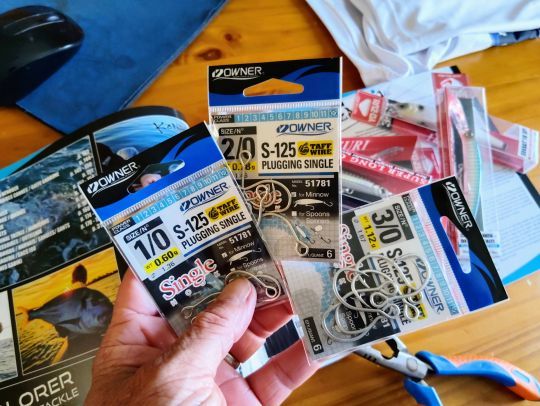
How do you replace triples with singles?
A must-have tool is a pair of broken-ring pliers. They'll make the job much easier. While some small rings are easy to remove, the vast majority require the use of pliers. Count between 10 and 40 euros for pliers, depending on quality and brand. All brands make them. You'll also need a few broken rings of various sizes to replace those too small to hold single hooks. And, of course, bags of single hooks in different sizes.
The Owner brand has put a size equivalence chart for singles based on the original treble in its catalog: concordance of single/triple hooks. To replace your treble hooks with singles or vice versa, here's the size concordance table:
Triple #10 #8 #6 #4 #2 #1 #1/0 #2/0 #3/0 #4/0 #5/0
Single #6 #4 #2 #1 #2/0 #3/0 #4/0 #5/0 #6/0 #7/0 #9/0
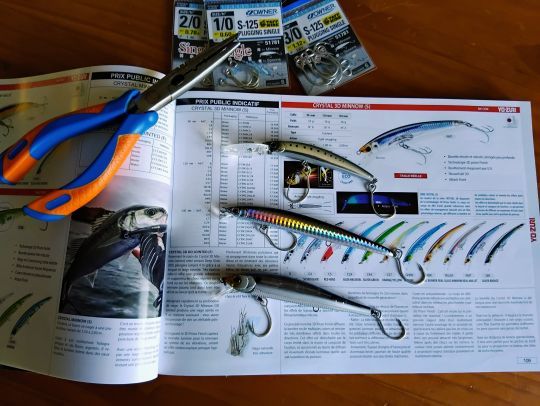
For the position of the hook prong in relation to the lure body, for the front hook it's the point towards the head and for the tail hook, it's the point towards the outside. But it can also be set the other way round. Both directions work for the tail hook. For the more demanding, you'll also need to take into account the weight of the hooks, as this can alter the lure's swimming action in relation to the original weight. This is especially important for surface or suspending lures.
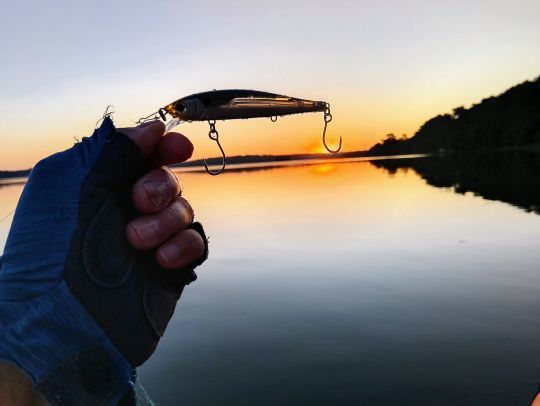
Back
For the session that followed the arming of these lures. I took a suspending lure with the 3DB Jerkbait in 110, a lure just below the surface with the mag slim and a sinking lure with the Deep Diver. I didn't feel any difference in the swimming action of these lures.
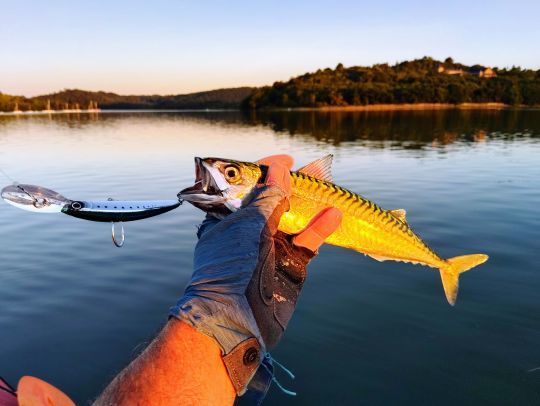
I didn't miss any more fish. Caught fish unhook more easily. No fish bitten anywhere but in the mouth.
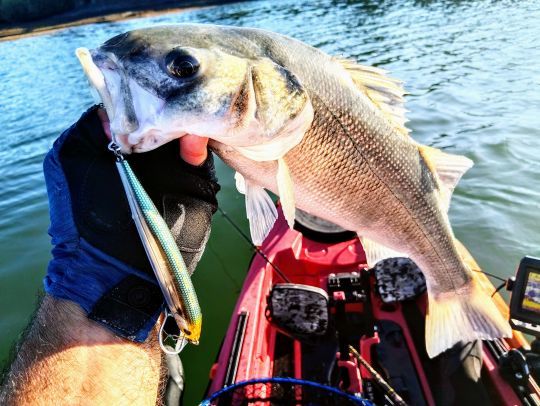
All 3 lures took, sea bass and mackerel, with a few meshes on the Mag slim. This one is really one of my favorite 2025 lures, and I've already shown it several times in my reports. Next session with surface lures rigged with these hooks...

 /
/ 



